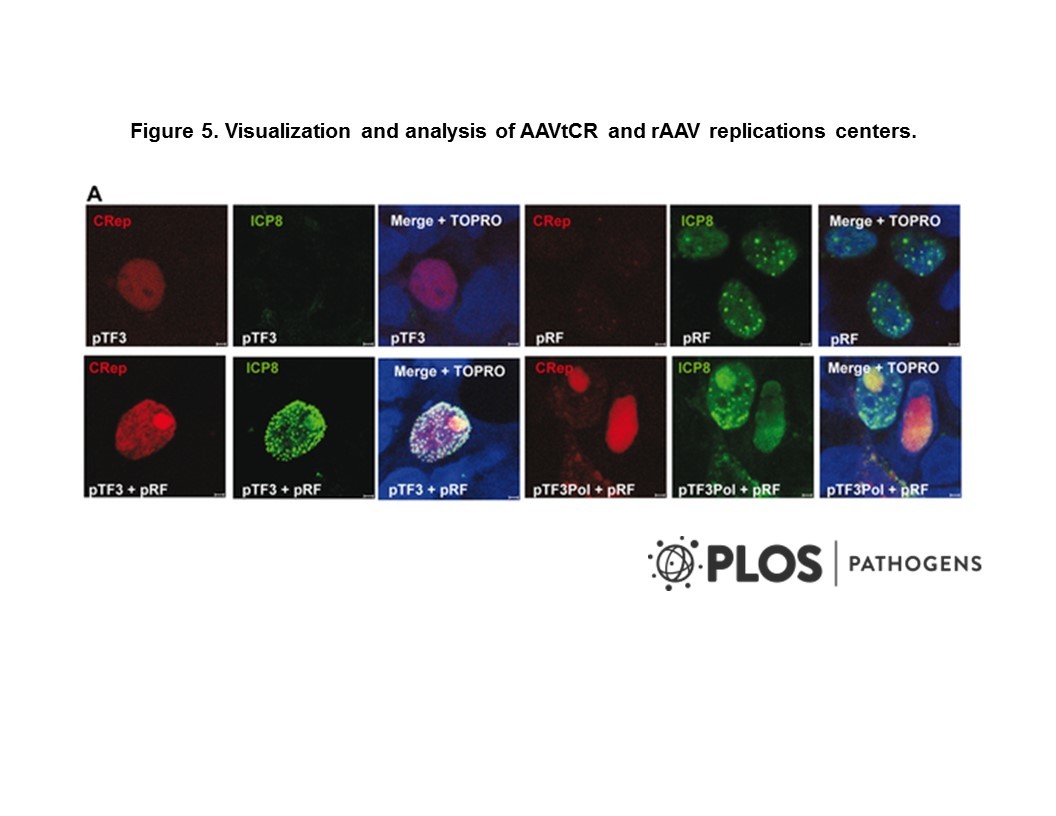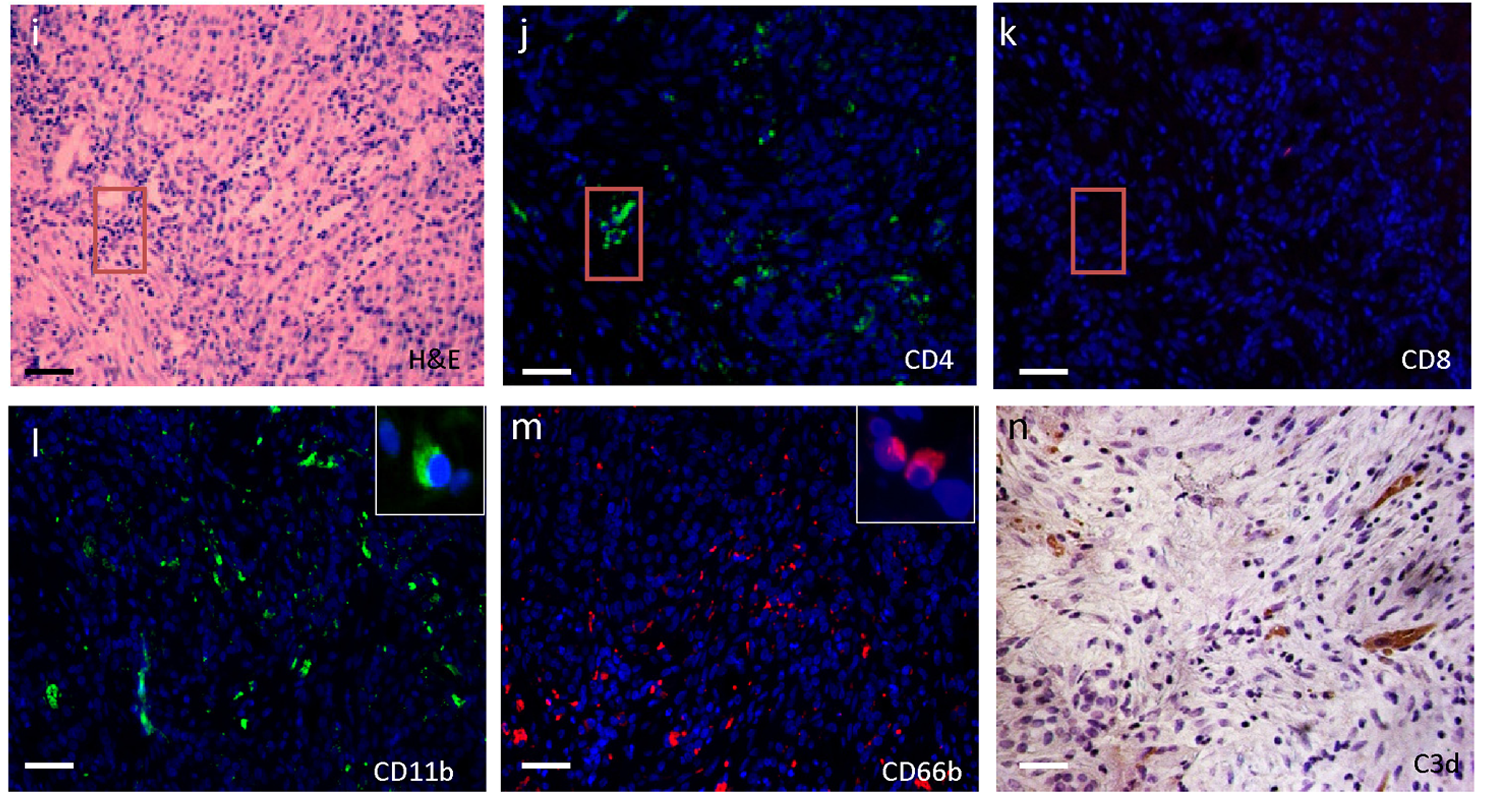
Cat. #151502
CyclinD1 KO Mouse
Cat. #: 151502
Sub-type: Mouse
Availability: 6-8 weeks
Disease: Cancer
Model: Knock-Out
This fee is applicable only for non-profit organisations. If you are a for-profit organisation or a researcher working on commercially-sponsored academic research, you will need to contact our licensing team for a commercial use license.
Contributor
Inventor: Clive Dickson
Institute: Cancer Research UK, London Research Institute: Lincoln's Inn Fields
Tool Details
*FOR RESEARCH USE ONLY
- Tool name: CyclinD1 KO Mouse
- Tool sub type: Mouse
- Disease: Cancer
- Model: Knock-Out
- Conditional: No
- Description: In vivo study of Cyclin D1 kinase. The Cyl-1-/- mouse gives researchers the opportunity to study the contribution of Cyclin D1 to tumourigenesis and disease in combination with other genes through mating with tumour models, or other knockin / knockout / transgenic strains. The Cyl-1-/- mouse exhibits complete knockout of Cyclin D1, one of the key regulators of the cell division cycle. Cyclin D1 is involved in progression of the G1 phase of cell cycle division. During G1 phase, Cyclin D1 (in complex with a cyclin-dependent kinase, or Cdk) can phosphorylate and inactivate the cell cycle inhibitory actions of pRb. In addition, Cyclin D1 can modulate local chromatin structure and transcription of genes involved in proliferation and differentiation through Cdk-independent association with histone acetylases (e.g. CBP, P/CAF) and deacetylases. Amplification or overexpression of Cyclin D1 is important in the development of many cancers including parathyroid adenoma, breast, prostate and colon cancers, melanoma, and lymphoma. The Cyl-1-/- mouse exhibits developmental abnormalities; severe retinopathy caused by impaired development of all layers of the retina, and, in the mammary gland during pregnancy, a marked reduction in acinar development accompanied by a failure to lactate. Approximately 50% of Cyl-1-/- mice also exhibit malformation of the jaw, manifesting as misalignment of the incisor teeth. Cell cycle dynamics of Cyl-1-/- cells are comparable to wildtype, suggesting Cyl-1-/- is not essential for G1 progression, and is dispensible for the development of most tissues, with the exception of a few specialised lineages.
- Genetic background: A Cyl-1 targeting vector, containing a resistance cassette inserted into exon 1, was transfected into 129 ES cells. Properly targeted ES cells containing a homologous recombination event were selected, cloned and injected into C57BL/6 blastocysts. Chimeric offspring were mated with C57BL/6 mice to generate mice heterozygous for the Cyl-1 knockout. Heterozygous offspring were interbred to generate mice homozygous for the Cyl-1 knockout.
- Phenotype: Developmental abnormalities (retina development, mammary development)
- Zygosity: Homozygous
- Production details: A Cyl-1 targeting vector, containing a resistance cassette inserted into exon 1, was transfected into 129 ES cells. Properly targeted ES cells containing a homologous recombination event were selected, cloned and injected into C57BL/6 blastocysts. Chimeric offspring were mated with C57BL/6 mice to generate mice heterozygous for the Cyl-1 knockout. Heterozygous offspring were interbred to generate mice homozygous for the Cyl-1 knockout.
Handling
- Shipping conditions: Embryo/Spermatoza- Dry Ice
Target Details
- Target: Cyclin D1
References
- Wilding et al. 2002. Cancer Res. 62(16):4562-5. PMID: 12183406.
- Cyclin D1 is not an essential target of beta-catenin signaling during intestinal tumorigenesis, but it may act as a modifier of disease severity in multiple intestinal neoplasia (Min) mice.
- Fantl et al. 1995. Genes Dev. 9(19):2364-72. PMID: 7557388.
- Mice lacking cyclin D1 are small and show defects in eye and mammary gland development.






